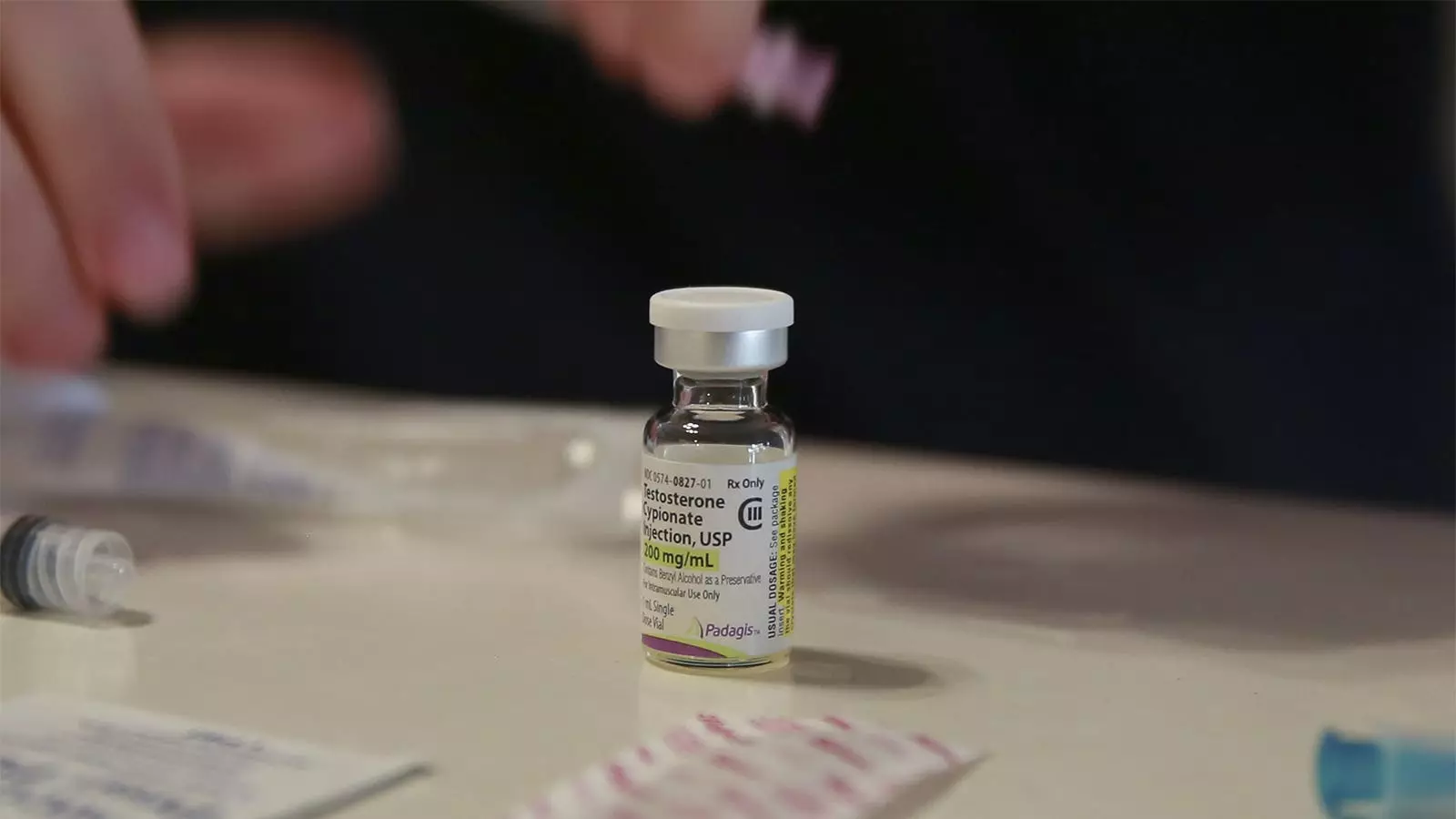As discussions intensify around healthcare for transgender youth, the cacophony of voices advocating for both protection and restriction often obscures the fundamental understanding of the realities at hand. Data-driven insights into the actual utilization of gender-affirming medications—such as puberty blockers and hormones—show a stark contrast to the rampant misinformation circulating in political discourse. Recent findings published in a reputable medical journal reveal that less than 1 in 1,000 U.S. adolescents with commercial insurance received these treatments during a span of five years, a statistic that amplifies the need for informed conversations in legislative arenas.
The research, which analyzed a comprehensive claims database covering over five million individuals aged between 8 and 17, highlights a critical fact: the real incidence of youth receiving gender-affirming care is exceedingly low. According to the study, only 926 adolescents were prescribed puberty blockers and 1,927 received hormones from 2018 to 2022. Even more illuminating is the report’s finding that no patients under the age of 12 were administered hormone treatments, indicating a cautious approach by healthcare professionals regarding early medical intervention for children. As lead author Landon Hughes pointed out, the data dispels the notion that there is an inappropriate or rampant use of such care, challenging the sensationalized narratives often presented in legislative discussions.
In light of these findings, it is crucial to contextualize them within the current political landscape. At least 26 states have moved to impose restrictions or outright bans on gender-affirming medical care for transgender minors, fostering a climate of confusion and fear for those impacted. This legislative frenzy has sparked multiple lawsuits, demonstrating the contentious nature of the issue, with a Supreme Court decision expected later this year that could further influence policies nationwide. The political discourse surrounding transgender rights and healthcare continues to be complicated, particularly given the previous administration’s promised rollbacks on protections for transgender individuals.
The significance of evidence-based practice cannot be overstated when it comes to the care of transgender youth. Scott Leibowitz, a prominent figure in adolescent transgender health, emphasizes that not all transgender youth opt for medical treatments. Many adolescents embark on a journey to understand their gender identity at varying paces and through different lenses. Access to healthcare professionals well-versed in adolescent development is paramount, as caregivers must collaborate to determine the most suitable course of action for each individual.
The pervasive misconceptions surrounding the nature and extent of gender-affirming care call for a recalibration of public perception. Hughes articulated hope that their research would help “cool heads” prevailing in public discourse, asserting that the general populace must come to know the realities behind the statistics. In a time when narratives can swing to extremes, emphasizing rational and compassionate conversations is crucial. Misunderstandings about the access and appropriateness of gender-affirming care should be dispelled by transparent data, fostering an informed environment for discussions impacting the lives of countless adolescents.
As the dialogue surrounding transgender youth evolves, it is essential to advocate for policies grounded in empirical evidence, promoting a healthcare landscape that embraces the complexities of gender identity and youth development. Upholding a commitment to the well-being of this vulnerable population requires a willingness to scrutinize political motivations, emphasize scientific research, and ultimately, protect the rights of transgender youth to access the care they need. Only through a concerted effort—spanning healthcare providers, lawmakers, and the wider community—can society forge pathways that truly support the diverse experiences of transgender youth, ensuring they receive the affirming care they deserve.


Leave a Reply